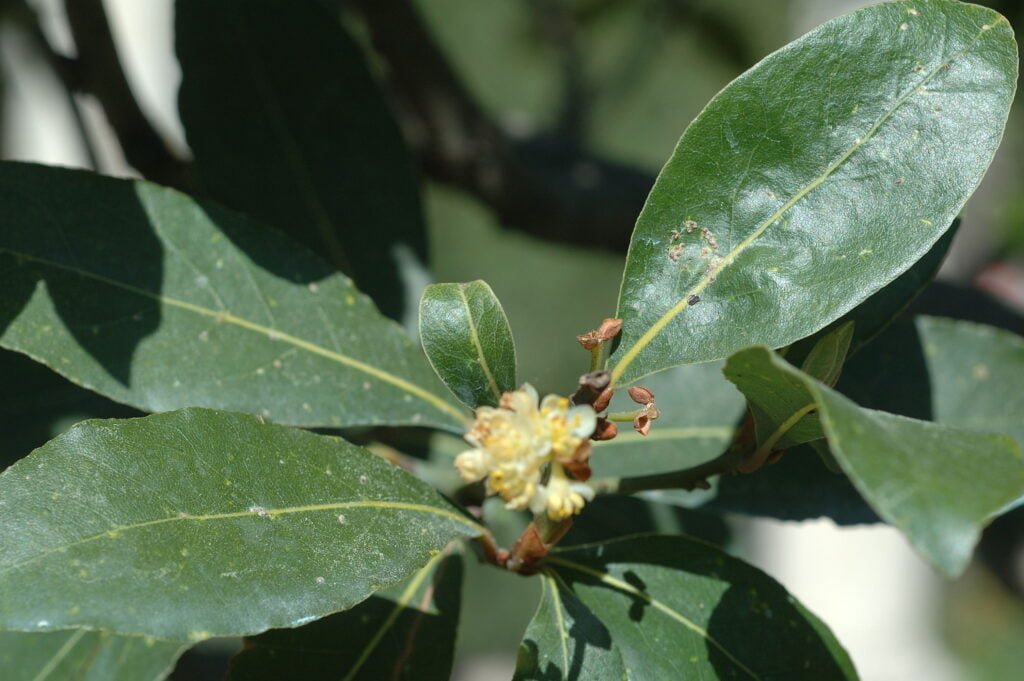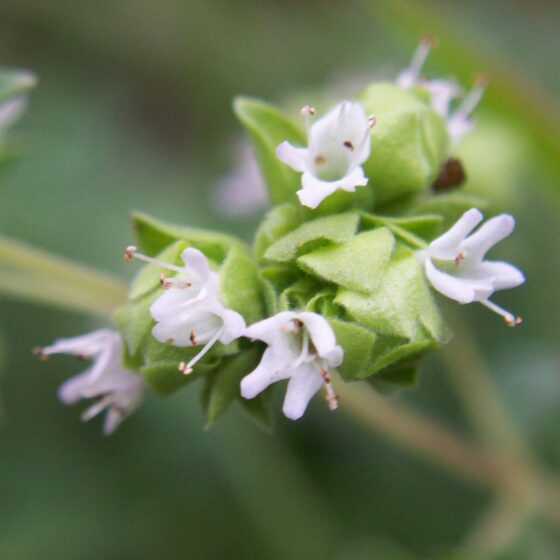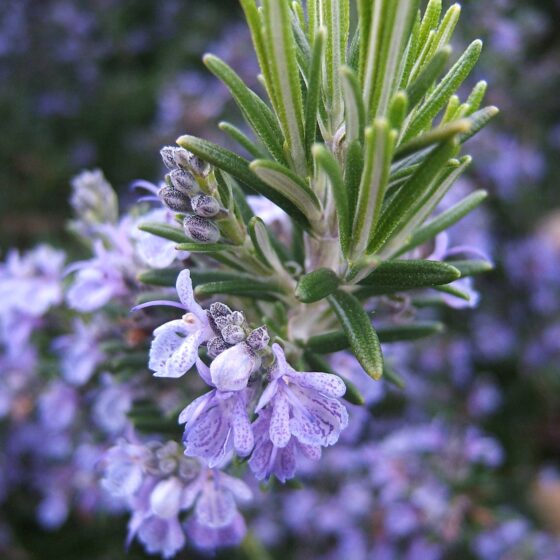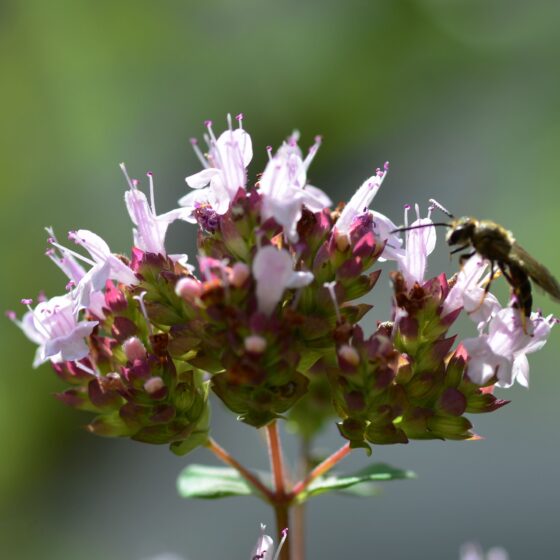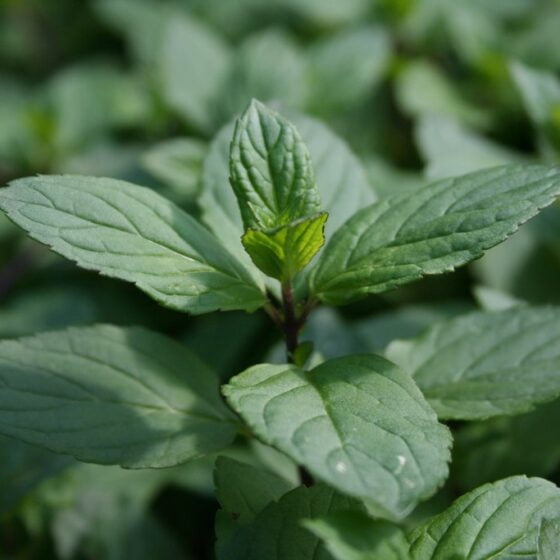
Laurel Albania
Laurus nobilis
General data
Harvest Calendar
- J
- F
- M
- A
- M
- J
- J
- A
- S
- O
- N
- D
Product details Fragrance side
Laurel essential oil is generally found in aromatic accords often incorporated into a fern or a chypre. Masculine note, it is often used in fresh colognes to bring a floral nuance with rosemary, thyme and lavender.
About
Laurel, also called by various common names like bay laurel and sweet bay, is a tree that has been linked with prestige throughout history. Its foliage symbolizes glory and success and was used to make the famous laurel wreath of victory. Likely native to the Mediterranean countries and Asia Minor, sweet bay has been in use for thousands of years. It has been widely cultivated in the Mediterranean region since ancient times. The laurel is a conical, evergreen tree with small, yellow, star-shaped flowers that give way to black, fleshy berries. The dark-green, smooth, and powerfully aromatic leaves form the raw material that is distilled for the essential oil. Laurel essential oil has an herbaceous, woody fragrance with a eucalyptus facet. The slightly spicy character is reminiscent of the smell of cajeput.
Held in high esteem by the ancients, laurel was the hallmark of the gods, taking the form of branches or a crown. The laurel wreath was an honor presented to triumphant Roman generals and a prize given winners of physical contests. It was later adopted by the emperors as a symbol of power. In Greek and Roman mythology, laurel is the emblem of Apollo. The nymph Daphne – Apollo’s first love – was changed into a laurel tree so she could escape her suitor. Apollo therefore dedicated the plant to triumphs, songs, and poems, leading to one of its French common names, “laurel of Apollo.” Beyond its magical and mystical powers found in ancient lore, laurel was a celebrated medicinal plant, though its properties were slowly forgotten. Today, it is best known for its aromatic leaves used in cooking.
Fragrance side
Laurel essential oil is generally found in aromatic accords often incorporated into a fern or a chypre. Masculine note, it is often used in fresh colognes to bring a floral nuance with rosemary, thyme and lavender.
About
Laurel, also called by various common names like bay laurel and sweet bay, is a tree that has been linked with prestige throughout history. Its foliage symbolizes glory and success and was used to make the famous laurel wreath of victory. Likely native to the Mediterranean countries and Asia Minor, sweet bay has been in use for thousands of years. It has been widely cultivated in the Mediterranean region since ancient times. The laurel is a conical, evergreen tree with small, yellow, star-shaped flowers that give way to black, fleshy berries. The dark-green, smooth, and powerfully aromatic leaves form the raw material that is distilled for the essential oil. Laurel essential oil has an herbaceous, woody fragrance with a eucalyptus facet. The slightly spicy character is reminiscent of the smell of cajeput.
Held in high esteem by the ancients, laurel was the hallmark of the gods, taking the form of branches or a crown. The laurel wreath was an honor presented to triumphant Roman generals and a prize given winners of physical contests. It was later adopted by the emperors as a symbol of power. In Greek and Roman mythology, laurel is the emblem of Apollo. The nymph Daphne – Apollo’s first love – was changed into a laurel tree so she could escape her suitor. Apollo therefore dedicated the plant to triumphs, songs, and poems, leading to one of its French common names, “laurel of Apollo.” Beyond its magical and mystical powers found in ancient lore, laurel was a celebrated medicinal plant, though its properties were slowly forgotten. Today, it is best known for its aromatic leaves used in cooking.
Other type of extracts
(Aromatic)
